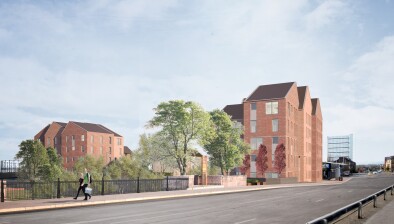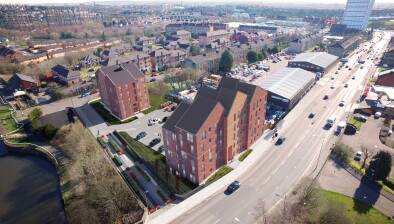Decision delayed into Anniesland listed building demolition request
A decision into proposals to demolish a listed Art Deco building and build new flats near the Forth and Clyde Canal at Anniesland has been delayed to allow objectors to be heard.
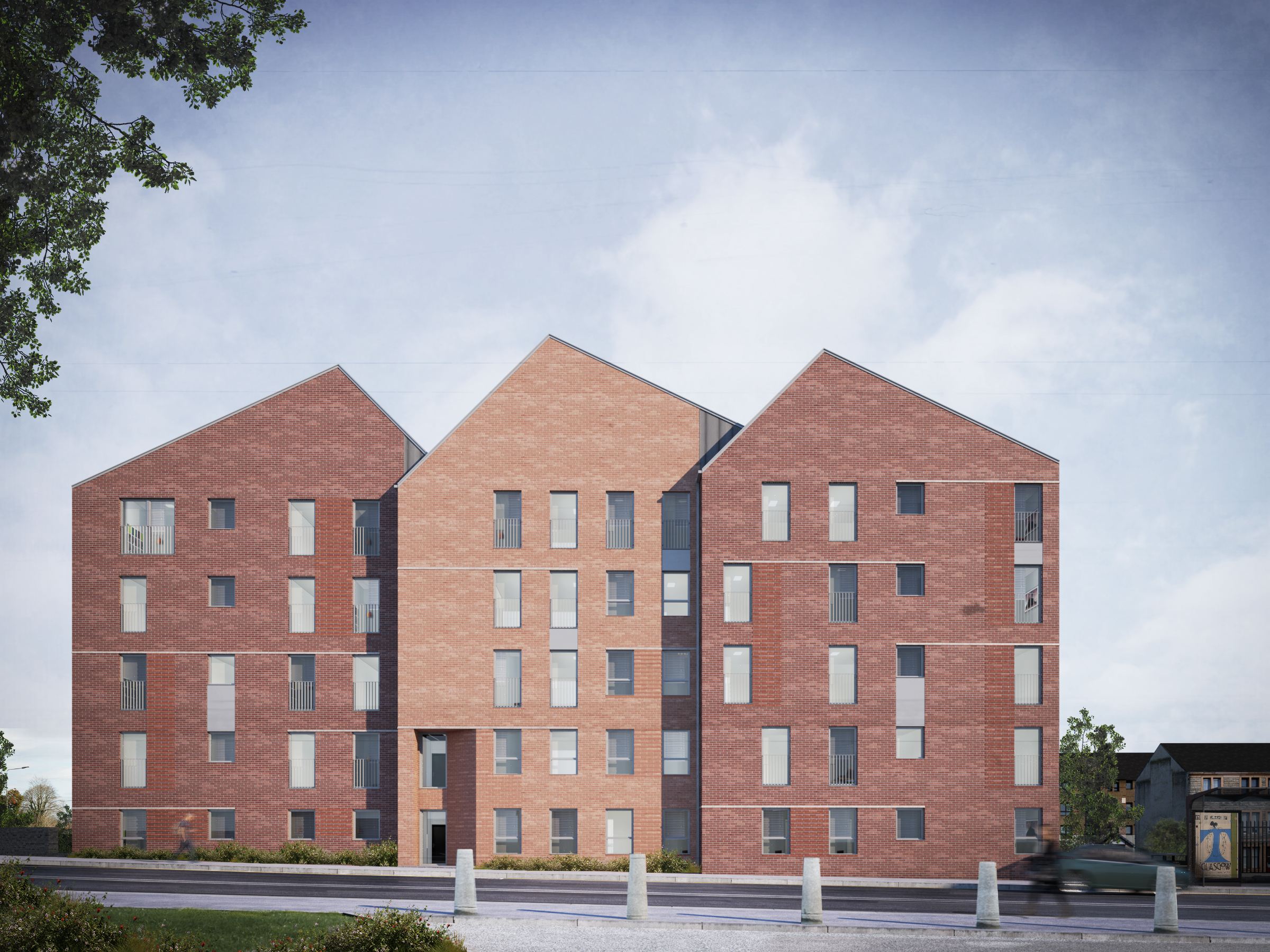
Glasgow City Council’s planning committee had been recommended to approve plans by CCG (Scotland) Ltd, Partick Housing Association and Hanover Scotland to demolish the former Canal Bar and Restaurant and construct 46 one and two-bedroom flats across two blocks.
But yesterday, councillors asked to visit the site on Bearsden Road and to hold a hearing into the proposal to allow the public and developers to give their views.
‘The Sawmills’ development takes its name from the Temple Hills Sawmill that once occupied the vacant site between Bearsden Road and Crow Road in the 1930s.
Upon completion, 24 amenity flats within the development – especially designed for older people - will be managed by Hanover. In addition, there will be a mix of private and communal green space and resident parking.
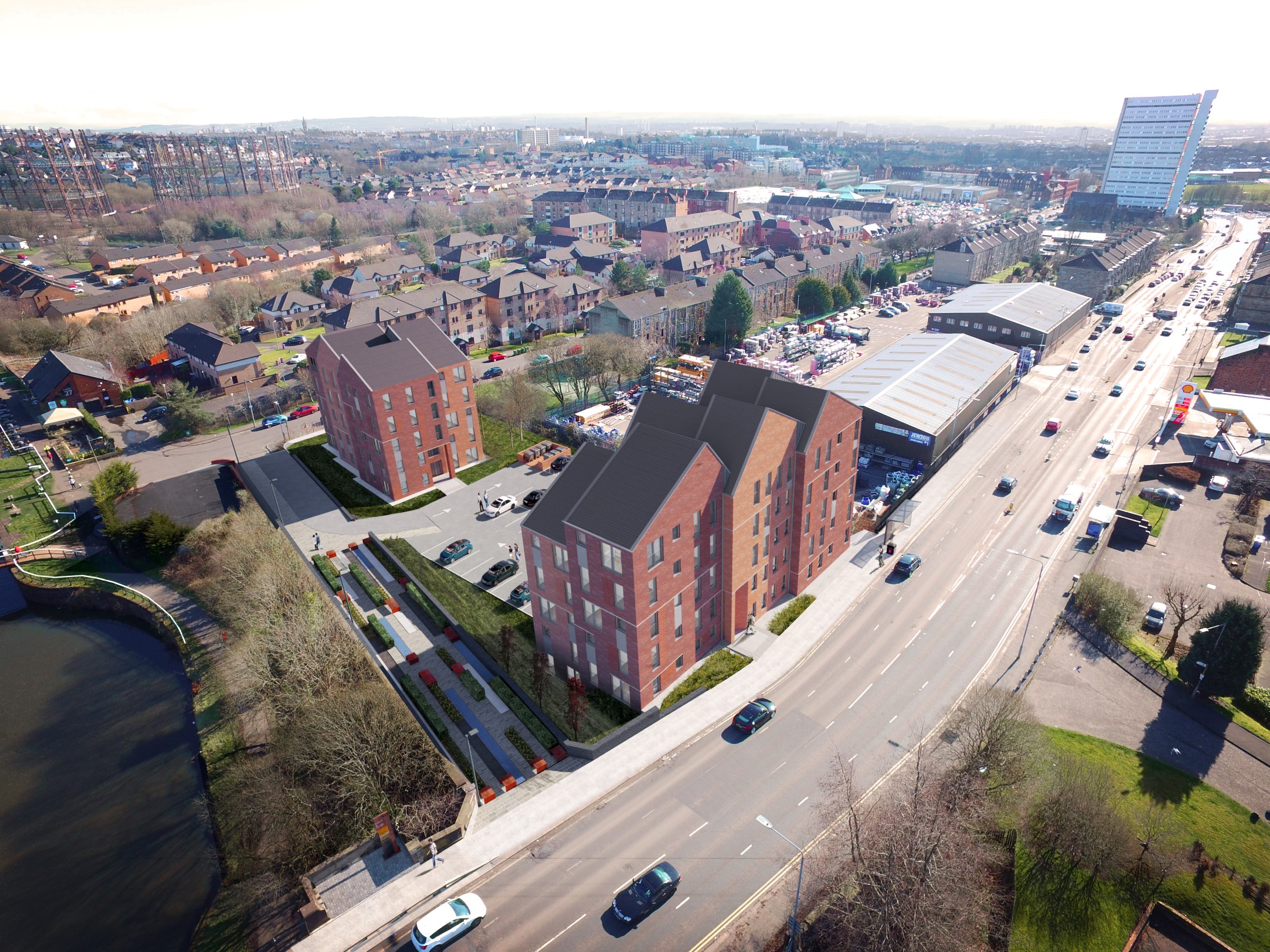
The development has been designed by MAST Architects to meet the ‘Glasgow Standard’ of space and energy efficiency compliance.
Forty-two objections were received including one from the Architectural Heritage Society of Scotland.
Glasgow Labour MSP Paul Sweeney voiced his own concerns, calling any approval for the plans a “travesty”.
He said: “The justification for demolition of this art deco building is ridiculous and defectively based on blatantly exaggerated reports commissioned by the developer to suit their desired outcome. It should be thrown out.”
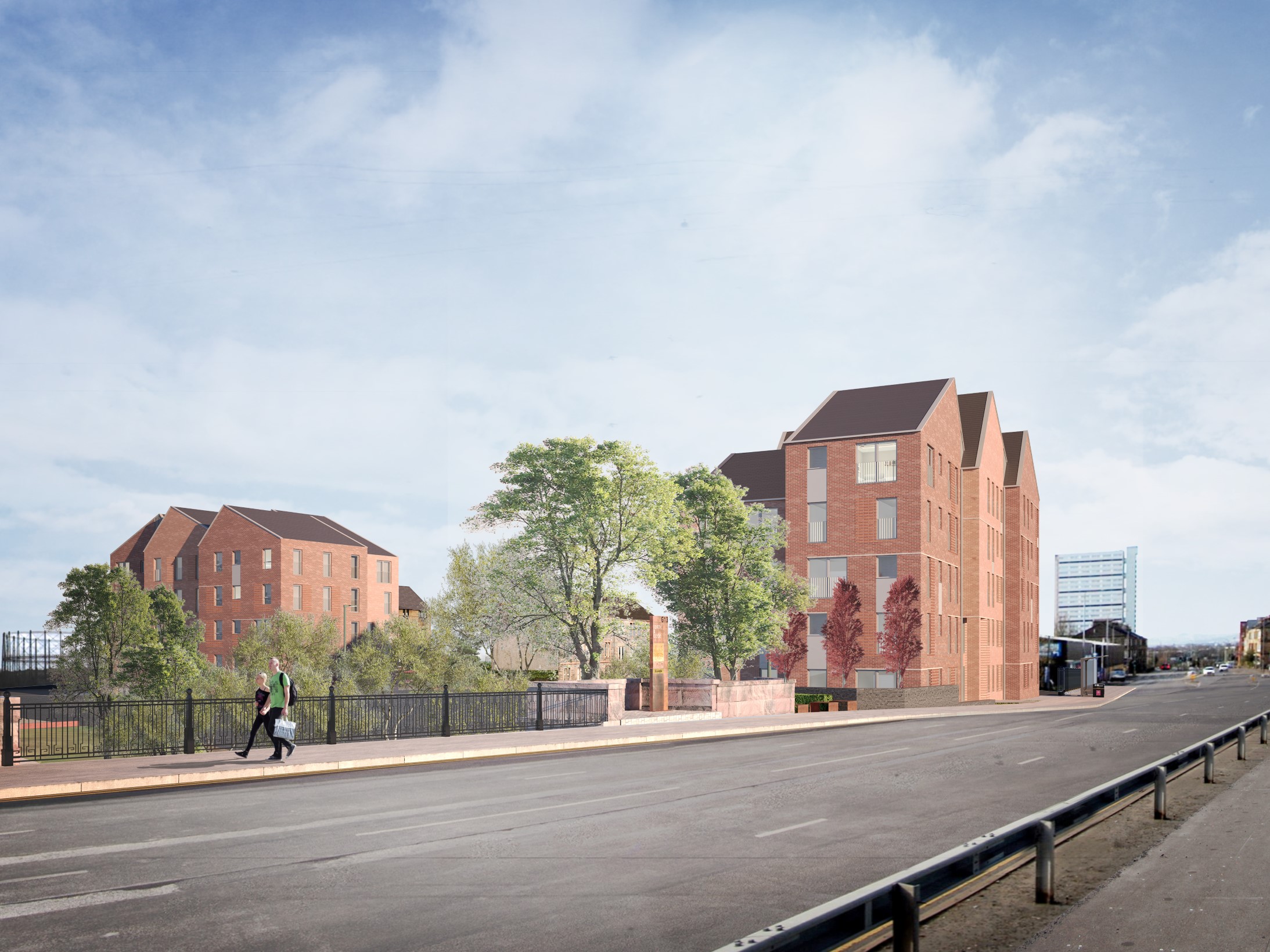
Mr Sweeney has written to the council with his objection, urging officials to recommend refusal of the demolition.
He added: “The building remains of special architectural interest befitting its listed status.
“The survey and inspections carried out by the contractors appointed by the developer make it clear that the building is indeed capable of reasonable repair.”
He said the defects reported were “not funamental structural problems reasonable to expect from a building of this age”.
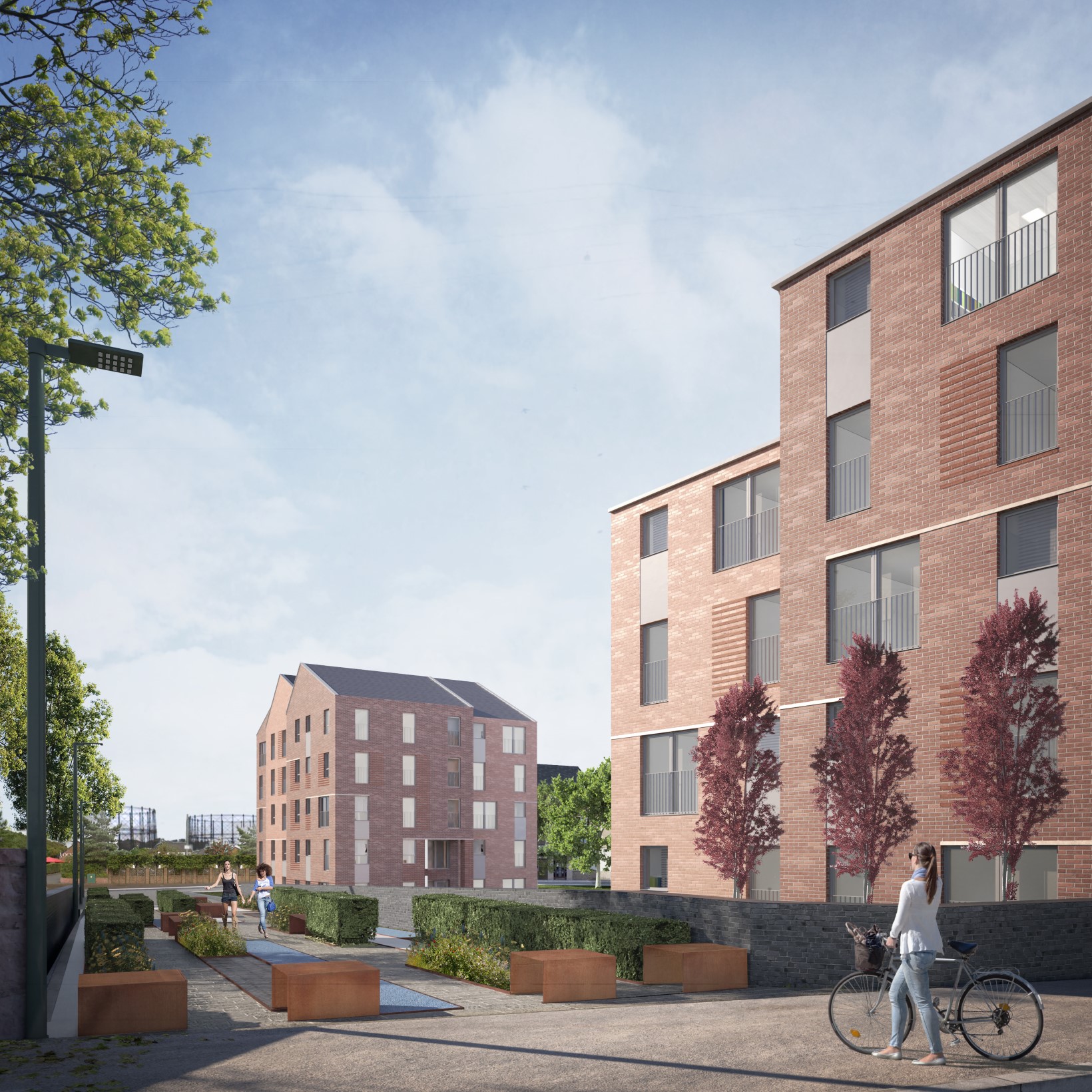
However, a report by Glasgow planning officers stated: “Our starting position as a local authority is always that listed buildings should not be demolished if they can be retained in any way.
“Whilst that was the initial position we took with this proposal, as did Historic Environment Scotland, the updated information received in July 2021 satisfied the City Design’s heritage staff, Building Standards structural staff and Historic Environmental Scotland that the structural damage to the building was now so significant that parts of the structure were not salvageable and would have to come down.
“We then asked the applicant to investigate partial retention of the listed building and that exercise made it clear that the costs of trying to rebuild the listed building (particularly the western elevation) and integrate it into a new development would not be economically viable.
“We also considered the issue of what special interest would be retained were the building to be rebuilt and incorporated into a block of flats and whether a facsimile of the original structure subsumed into a contemporary building would be a satisfactory outcome for the extra resources and financing that would necessarily be involved.
“Following all that, we reluctantly concluded that the demolition of the Category C listed building met the tests in both the Development Plan and within local and national heritage guidance.”











